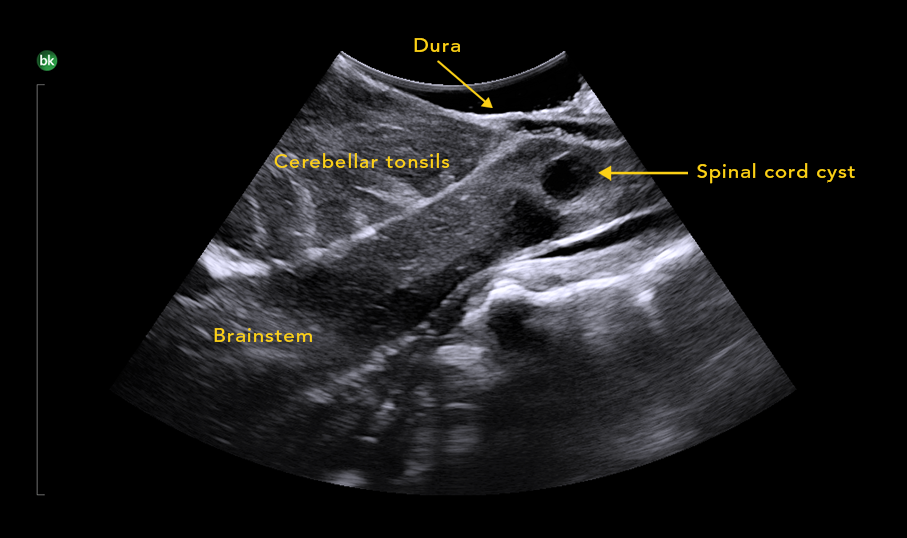Dr. Hugo Davila is a board-certified urologist and Clinical Assistant Professor at Florida State University, College of Medicine. He completed his surgery and urology training at the University of South Florida and Moffitt Cancer Center. Dr. Davila currently practices at Florida Healthcare Specialists (an affiliate practice of Florida Cancer Specialists & Research Institute) and Cleveland Clinic Indian River Hospital. He is a leading physician researcher, having previously completed clinical studies on fibrosis, aging, and nitric oxide. His studies were published in prestigious journals, such as Biology of Reproduction, Cardiovascular Research, Urology and British Journal of Urology.
Why Use 3D Multicompartment Ultrasound Scanning for Pelvic Floor Reconstruction: A Conversation with Dr. Hugo Davila
Topics: Pelvic Floor
Surgical Strategies for Older Patients with Glioblastoma
Topics: Intraoperative Ultrasound, Neurosurgery and Spine, Glioblastoma, Extent of Resection
Why Use 3D Ultrasound Imaging to Prepare for Anal Fistula Surgery
Dr. Giulio A. Santoro, MD, Ph. D, specializes in pelvic floor and colorectal surgery. He is Chief, Tertiary Referral Pelvic Floor and Incontinence Center, Treviso; Director, Italian School of Pelvic Floor Ultrasonography; Associate Professor of Surgery, Italy; and Past-President of the Italian Society of Colorectal Surgery.
Topics: Colorectal Surgery, Anorectal Imaging, Anal Fistula, Rectal Fistula, 3D Ultrasound Imaging
Real-Time Active Imaging with Intraoperative Ultrasound for Hematoma and AVM Resection
Dr. Fran Martinez Ricarte is the Coordinator of Neuro-Oncology and Radiosurgery at the Neurosurgery Service of Vall d’Hebrón University Hospital in Barcelona, Spain. He is a member of the Research Unit of Neurotraumatology and Neurosurgery at the Vall d’Hebron Institute of Research.
Topics: Intraoperative Ultrasound, Neurosurgery and Spine, AVM Resection, Hematoma Evacuation, Craniotomy
Safe, Real-Time Visualization in a Cholecystectomy Case with Intraoperative Ultrasound
Mr. Somaiah Aroori, MB BS, MS (Surg), FRCS (Gen Surg) is a consultant hepatobiliary and renal transplant surgeon at Derriford Hospital and University Hospital Plymouth in the UK. He has more than 10 years of experience in the use of intraoperative ultrasound for HPB and general surgery. University Hospital Plymouth treats many patients with benign and malignant lesions in the liver, pancreas, and gallbladder.
Topics: Intraoperative Ultrasound, Laparoscopic Surgery, Cholecystectomy, HPB and General Surgery, Minimally Invasive Surgery
Laparoscopic Cholecystectomy: The Clinical Value of Intraoperative Ultrasound
When performing a laparoscopic cholecystectomy, intraoperative ultrasound (iUS) is a good alternative to intraoperative cholangiography because it provides a fast, safe, and repeatable means of visualizing the procedure, with clear details and soft tissue delineation. Read on to learn more about the uses and benefits of laparoscopic intraoperative ultrasound when compared with other methods.
Unlike intraoperative cholangiography, iUS is non-radiating, which helps reduce radiation hazards to patients and staff. iUS has also been shown to be completed more rapidly than IOC, with one study reporting a laparoscopic ultrasound duration of 9.8 minutes versus 17.6 minutes for IOC.1
Topics: Intraoperative Ultrasound, Cholecystectomy, Biliary System
The Clinical Value of Intraoperative Ultrasound in Hepatobiliary and General Surgery
Whether you are performing open or minimally invasive surgery, intraoperative ultrasound (iUS) provides real-time visualization when you need it most.
Topics: Active Imaging, Intraoperative Ultrasound, Advanced Laparoscopic Transducer, Hepatobiliary Surgery, General Surgery, Biliary, Liver, Pancreas
Visualize Success with the New Advanced Laparoscopic Transducer
When you are looking for a way to visualize anatomy and guide your procedure during laparoscopic hepatobiliary surgeries, use real-time active imaging. The combination of intraoperative imaging and BK Medical’s new Advanced Laparoscopic Transducer (I13C3f*) helps guide your procedures and support decision-making. Designed with an ergonomic handle, the fully sterilizable transducer features Smart Button™ for complete control, dual needle channels, and integrated needle guidance for biopsy and ablation. Overall, the Advanced Laparoscopic Transducer is designed for enhanced visualization and guidance in laparoscopic hepatobiliary procedures.
Topics: Advanced Laparoscopic Transducer, General Surgery, Biliary, Liver, Pancreas, HPB
Real-Time Intraoperative Ultrasound Benefits: Neurosurgery and Spine
Neurosurgeons need clear, real-time imaging during neurosurgical and spine procedures. It is important to have a solution that offers visual guidance to support decision-making at every stage of the procedure.
Topics: Active Imaging, Intraoperative Ultrasound, Brainlab, Neurosurgery and Spine
Intraoperative Imaging for Chiari Decompression: Case Study
Dr. Edward A. Duckworth, MD, MS, FAANS is Director of Neurosurgery for St. Luke’s Health System. He is an intracranial-focused neurosurgeon with fellowship training in cerebrovascular and cranial base surgery, as well as in endovascular neurosurgery and interventional neuroradiology.
Topics: Surgery, bkActiv, Active Imaging, Intraoperative Ultrasound, Neurosurgery and Spine


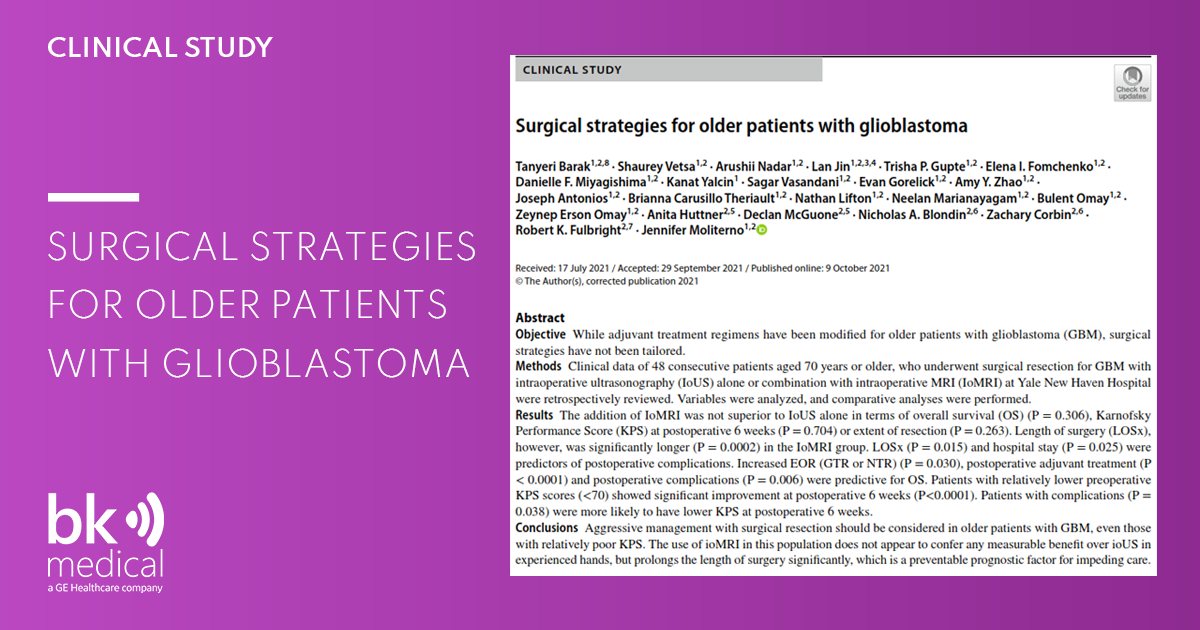
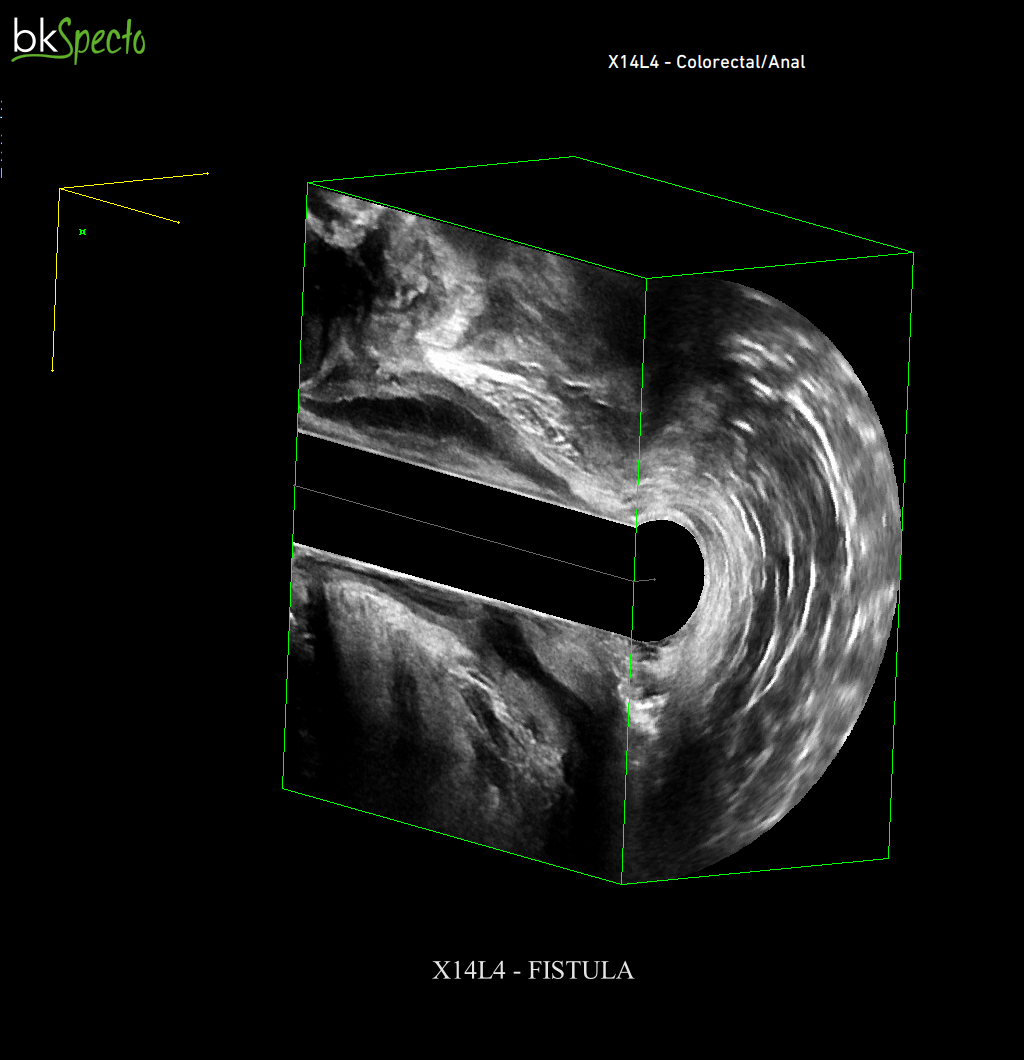
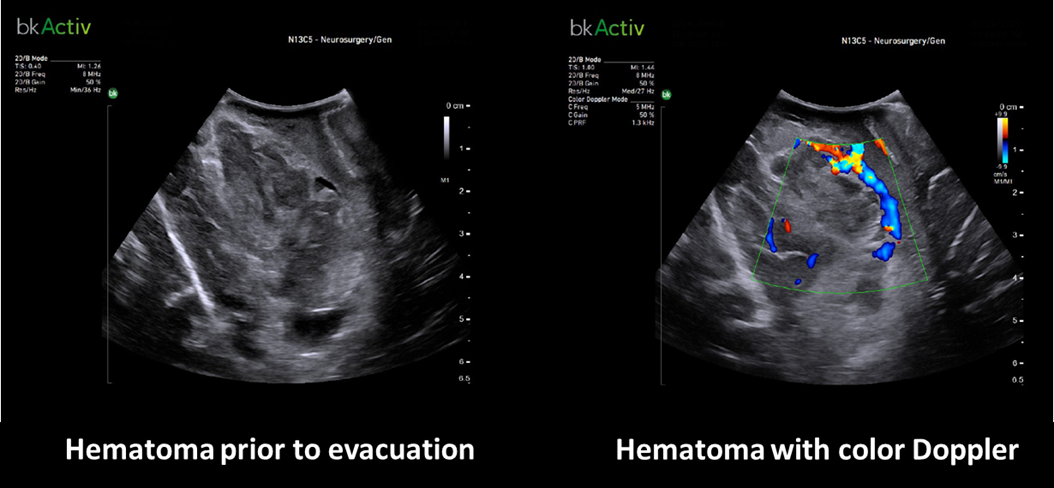
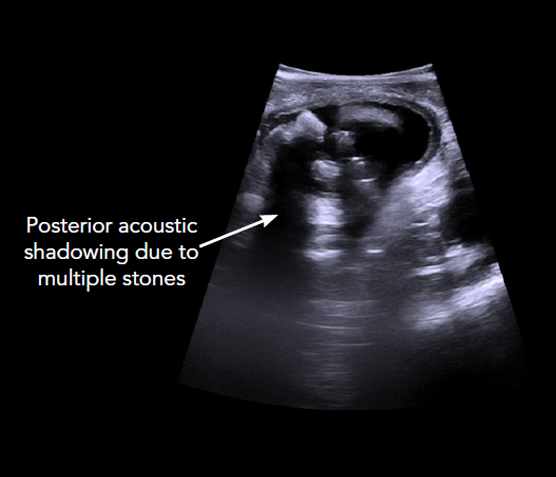
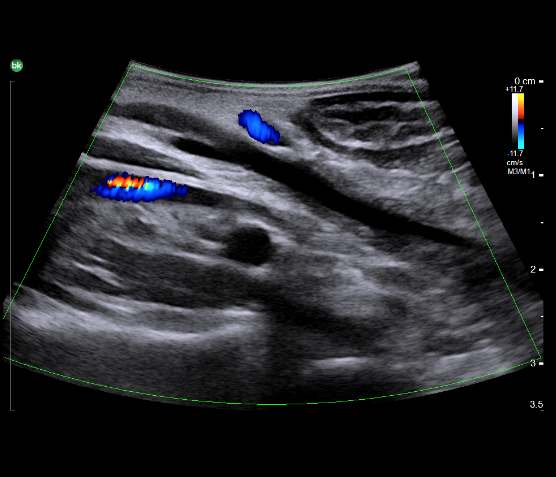
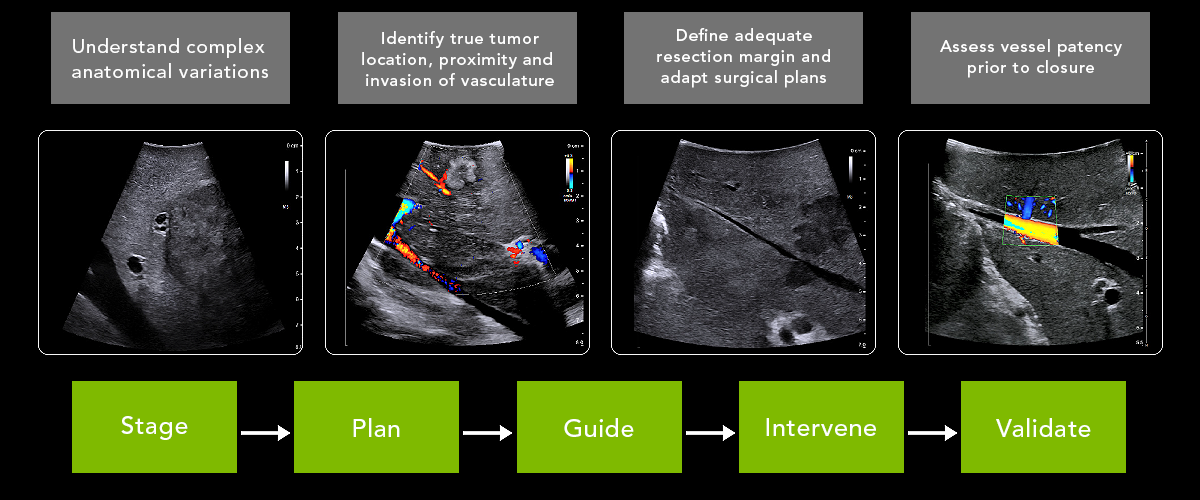

.png)
